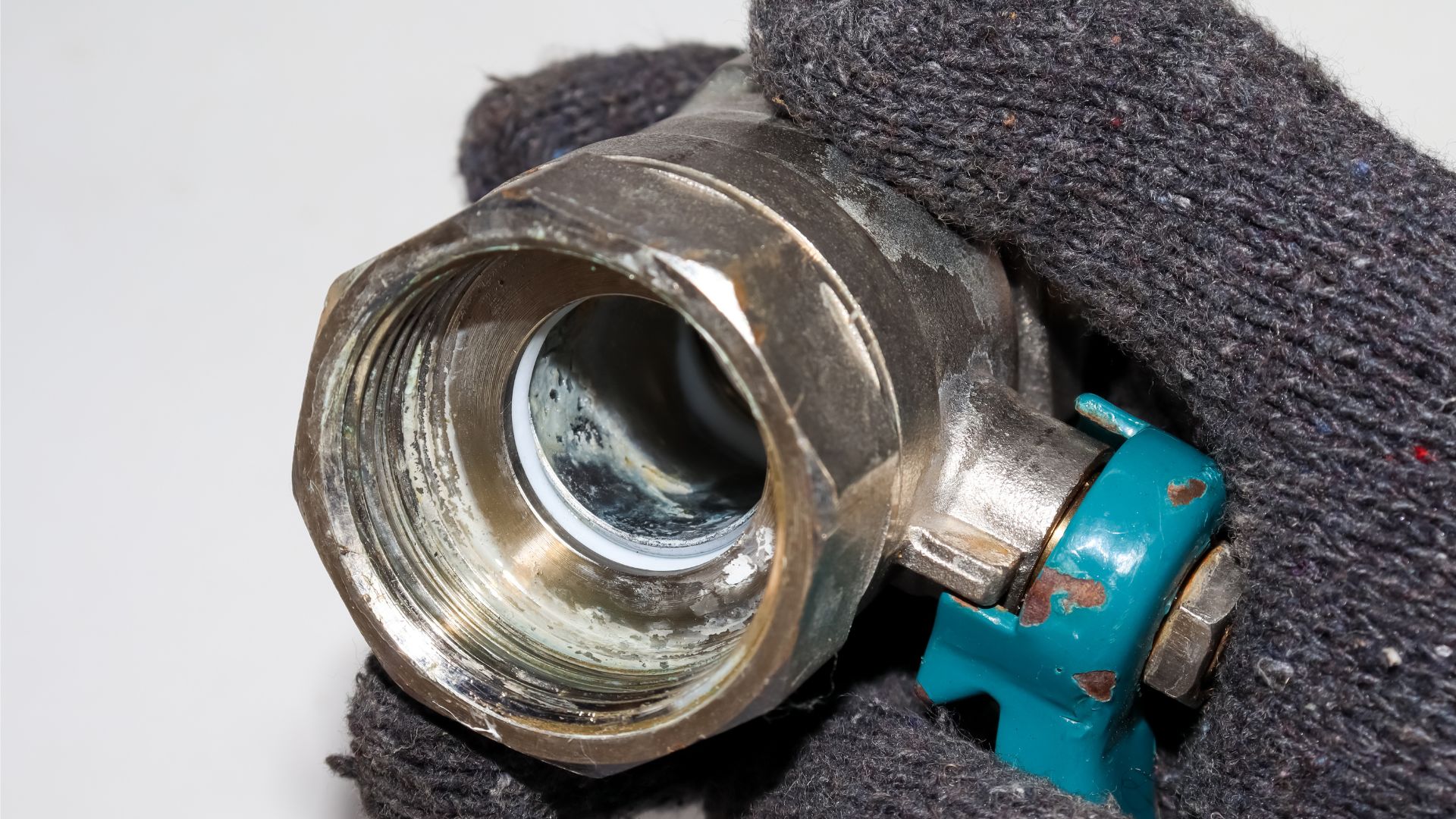7:00AM to 5:00PM
How protected is your drinking water from contamination? In Australia, ensuring water safety is crucial, and backflow prevention plays a vital role in this process. Backflow, the undesirable reversal of water flow, can introduce pollutants into the clean water supply, posing significant health risks.
The purpose of backflow prevention is to safeguard our drinking water and protect public health by preventing contaminants from entering the water system. This process is essential for maintaining the integrity of our water infrastructure and ensuring that the water we consume remains safe.
In this blog, we will explore the importance of backflow prevention, the common causes of backflow, and the various methods used to prevent it. Additionally, we’ll discuss the regulations in place to ensure compliance and protect the community from potential health hazards.
In Australia, protecting water quality is vital. Understanding backflow and its implications is key to ensuring safe drinking water.

Backflow is the unwanted reversal of water flow in plumbing systems, occurring when pressure changes, such as a burst pipe or sudden water demand, cause contaminated water to flow back into the clean water supply.
The potential health risks of backflow are significant, as contaminants like chemicals and bacteria can enter the drinking water, leading to illnesses and outbreaks. Environmentally, backflow can introduce harmful substances into natural water sources, affecting ecosystems.
Preventing backflow is essential to maintaining safe water supplies. Effective measures, such as backflow preventers and regular inspections, are necessary to protect public health and preserve water quality.
In the Gold Coast, ensuring the safety of drinking water is governed by specific regulations that address backflow prevention. These regulations are essential for maintaining public health and ensuring that water systems remain uncontaminated.
The Gold Coast City Council enforces strict guidelines to prevent backflow. These include mandatory installation of backflow prevention devices in properties where there is a potential risk of contamination. The council requires regular testing and maintenance of these devices to ensure their effectiveness.
Both businesses and homeowners must comply with the current laws by installing approved backflow prevention devices. These devices must be tested annually by a licensed plumber to ensure they function correctly. Property owners are responsible for lodging test reports with the council, confirming compliance with safety standards.
Failure to adhere to these regulations can result in significant penalties. Non-compliance may lead to fines and, in severe cases, disconnection from the water supply until the issues are rectified. Ensuring compliance is not only a legal obligation but also a crucial step in protecting the community’s health and safety.
Backflow prevention devices are essential for protecting water systems from contamination. Various types of devices are used to suit different needs and settings.
Common backflow prevention devices include:
Choosing the appropriate device depends on the specific risk level and water usage scenario. Proper installation and regular maintenance are crucial to ensure these devices function effectively.
Proper installation and maintenance of backflow prevention devices are crucial for ensuring water safety and system efficacy.

Correct installation practices are essential for backflow prevention devices to function effectively. Devices should be installed according to manufacturer specifications and local regulations.
It’s important to place them in accessible locations for easy inspection and maintenance. Ensuring the device is correctly positioned and securely fixed helps prevent leaks and ensures optimal performance.
Regular maintenance and testing are vital to ensure the continued efficacy of backflow prevention devices. Annual inspections by licensed professionals are recommended to detect and address any issues. Routine testing ensures that valves and other components are operating correctly, preventing potential contamination of the water supply.
Hiring certified professionals for installation and maintenance offers several benefits. Experts have the knowledge and experience to ensure devices are installed correctly and comply with local regulations.
They can provide thorough inspections, accurate testing, and prompt repairs if needed. Professional services offer peace of mind, knowing that your water system is safeguarded against backflow risks.
Adhering to legal requirements for backflow prevention offers numerous benefits, ensuring the safety and integrity of water systems.
Compliance ensures that water systems remain uncontaminated, protecting public health. By following regulations, property owners can prevent pollutants from entering the drinking water supply, safeguarding everyone who relies on it.
Following regulations builds trust with the community and customers. When businesses and homeowners demonstrate a commitment to water safety, it reassures the public that their health is a priority. This trust enhances reputation and customer confidence.
Compliance helps avoid legal complications, such as fines or penalties for non-compliance. Property owners can prevent costly legal disputes and ensure uninterrupted access to essential water services by adhering to the rules. This proactive approach mitigates risks and promotes a stable environment.
Ensuring compliance with backflow prevention regulations is crucial for maintaining safe water systems. Professional assistance, which provides expertise and reliability, plays a vital role in achieving this.
Continually engaging in water safety practices and staying informed about local regulations is essential. Doing so ensures that your water supply remains uncontaminated and safe for everyone.
Plumbing professionals are key in this process, offering expert guidance and services to ensure compliance with legal standards. They handle installing, testing, and maintaining backflow prevention devices, ensuring they function effectively and meet all regulatory requirements.
For those in the Gold Coast area, the Gold Coast Plumbing Company is an excellent resource for expert backflow prevention services. Their team of certified professionals is dedicated to providing top-notch service and ensuring the safety of your water system.
Contact the Gold Coast Plumbing Company today for consultations or services. With their expertise, you’ll gain peace of mind knowing your water supply is protected.